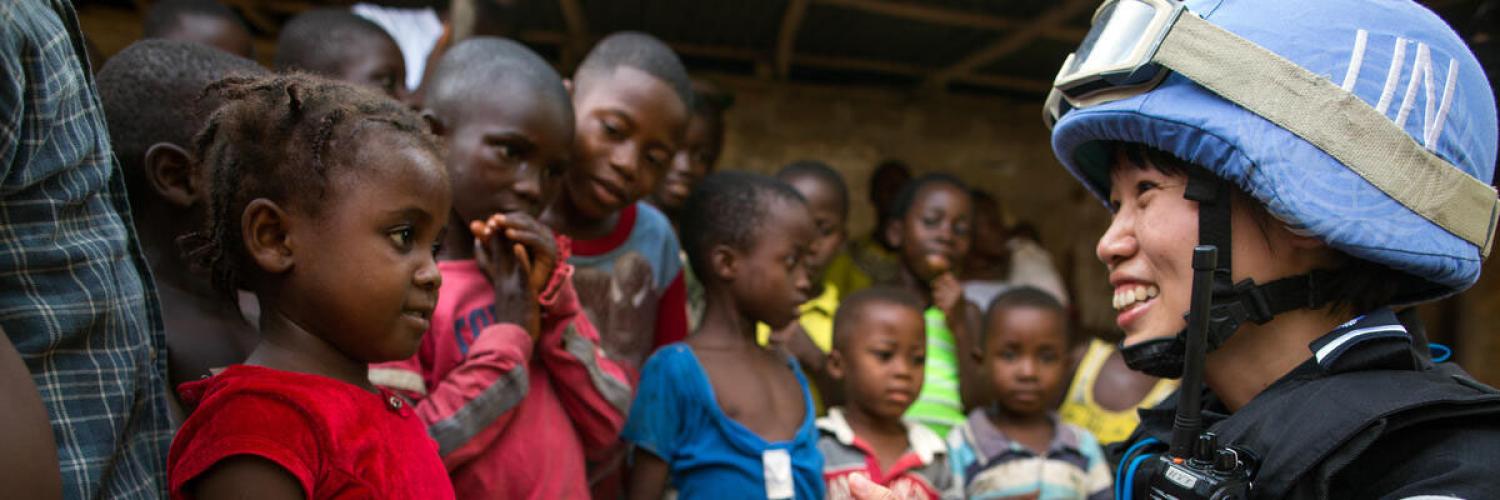
Study argues that peacebuilding is hampered by the lack of effective means of assessing progress towards the achievement of a consolidated peace, and suggests ways to improve our monitoring and assessments of the quality of peace in the context of peacebuilding.
Key Policy Findings:
Every peacebuilding strategy is predicated on a conception of peace, whether implicit or explicit. It can be as basic as the absence of armed conflict – a ‘negative peace’, or it may be a more ambitious outcome such as the reconciliation of warring parties – a ‘positive peace’. The study sees peace as more varied and heterogenous a concept than the scholarly or policy literature often acknowledges, and that conceptualizations that reflect the degrees of fragility/robustness of peace in post-conflict environments provide a sounder basis for peacebuilding strategies.
Different conceptions of peace have implications for devising strategies of peacebuilding and peace maintenance, and that is reflected in the way different international actors, from the UN and AU to NATO and the World Bank, approach the peacebuilding endeavour. Similarly, of the diverse indices and indicators for peace, stability, and resilience constructed by myriad think tanks, only a notable few add real value.
The study asks whether, and if so how, it is possible to assess the quality of peace? And how can monitoring and assessment be improved? It argues for an ‘ethnographic approach’ to strategic assessment that favours increased reliance on knowledge of local culture, local history, and especially, the specific conflict dynamics at work in a given conflict situation, particularly at the micro level. From this approach it derives a number of recommended practices, including:
- Early and continuous conflict analysis, including of conflict dynamics;
- The adoption of more precise measures of post-conflict peace;
- The incorporation of local perspectives into strategic assessment (and more widely the importance of contextual knowledge) in order to achieve local buy-in and help ensure accuracy;
- Overcoming obstacles to good practice, such as the politicization of reporting;
- The need to be sensitive to shifts in the conflict landscape – regionally, nationally, and locally – with regard to key actors, emerging threats, patterns of violence, and perceptions of security among the population, especially the most vulnerable;
- Benchmarks and indicators of progress must be realistic, measurable, and above all, meaningful.
The study discovered that it is difficult to explain the duration of peace, but:
- One robust statistical result was that military victories provide more long-lasting peace than negotiated settlements and that unresolved conflicts are more likely to break down;
- There is some evidence that peace agreements provide a longer-lasting peace then ceasefires and that in the case of government victory the peace lasts longer than in cases of rebel victory;
- The study found no evidence that peace duration after territorial or ethnic conflicts is different from conflicts over government control;
- The severity of the conflict, measured as conflict duration or battle deaths, has no clear impact on the duration of peace.
While the study found no direct evidence that UN peacekeeping operations stabilize the peace in their own right, the evidence suggests that such operations may help to reinforce political settlements. In five of the six case studies the peace operations were deployed after a settlement, and for each it is possible to trace useful contributions made to peace stabilization.
Policy Summary prepared by Elizabeth Russ.


